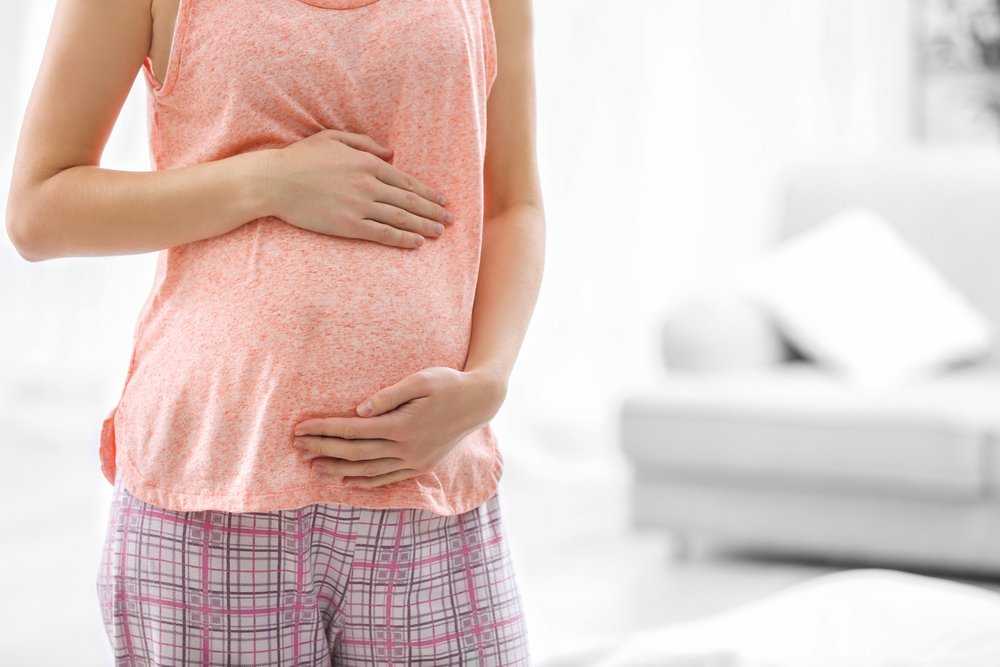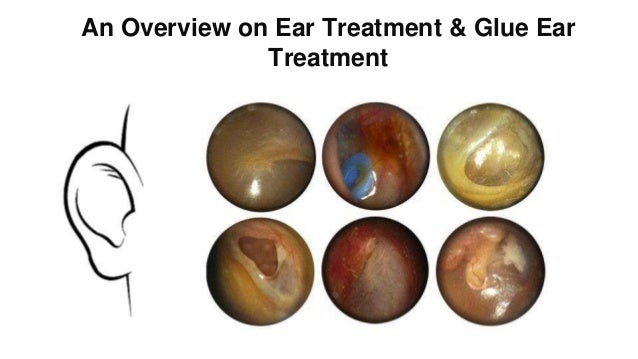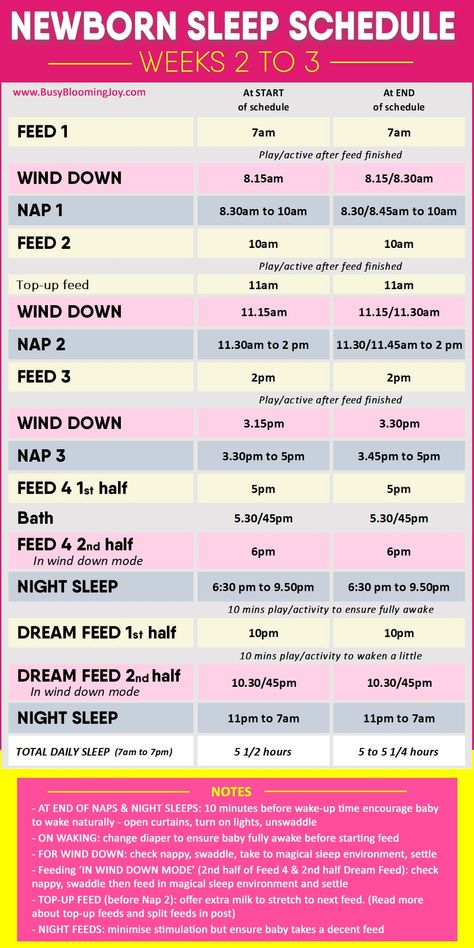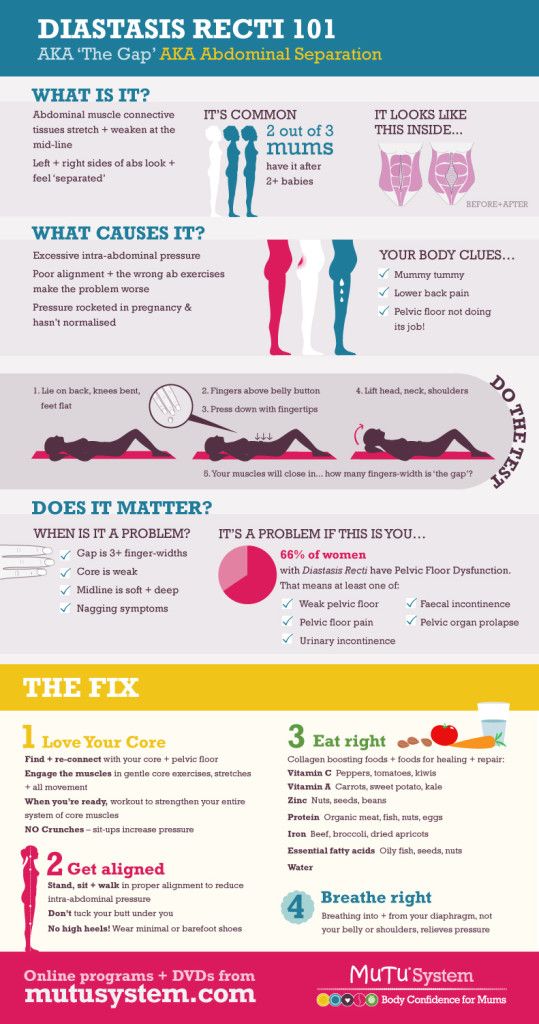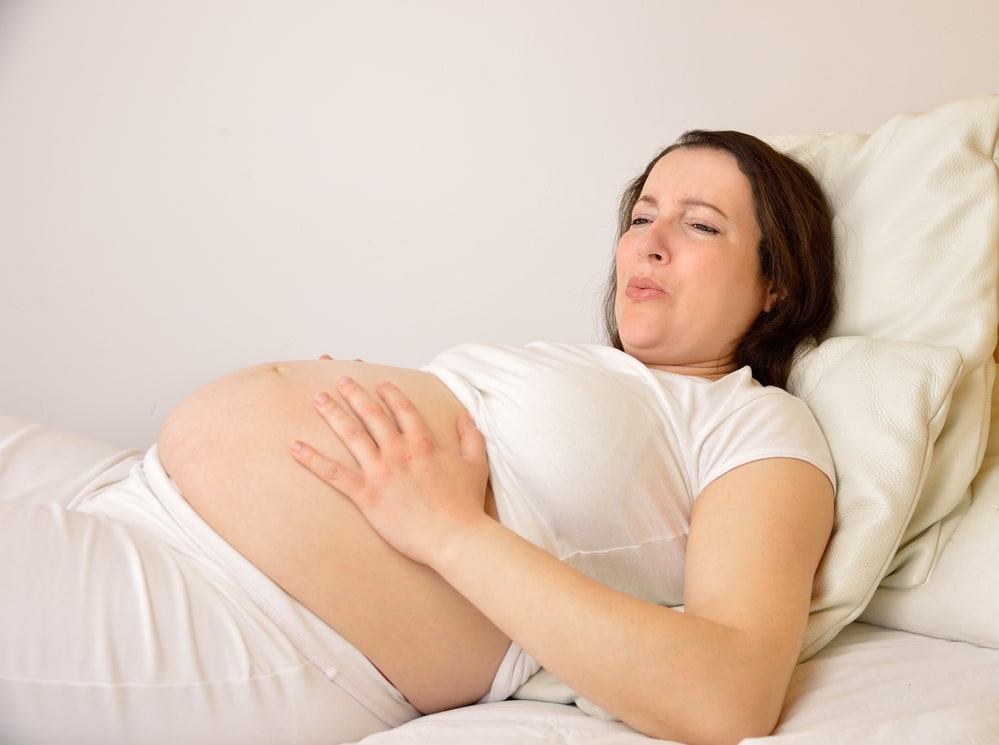Hives and pregnancy
Hives During Pregnancy: Causes, Treatment & Prevention
About 1 in 5 pregnant women experience changes in their skin during pregnancy, including acne, skin darkening, and stretch marks. Although women may feel self-conscious about these new “beauty marks,” skin changes during pregnancy are a normal occurrence. Hives during pregnancy are less common, but they do happen frequently.
Hives during pregnancy represent an allergic reaction to food, insect bites, medicine, chemicals, etc. With the increase in hormones and changes that happen in your body, it is possible that you become more sensitive to pathogens and experience hives while pregnant.
What Causes Hives During Pregnancy?
As your belly grows to keep up with your growing baby, skin discomfort in the form of itchiness and dryness can occur. Pregnant women can face more serious bouts of itchiness, hives or rashes, and 1 in 150 pregnant women will develop a more serious skin condition known as PUPP.
Hives are caused by allergic reactions. The dryness and stretching of your skin along with other changes can make you more susceptible to experiencing hives during pregnancy. Hives can be caused by an allergic reaction to almost anything.
Some common causes of hives during pregnancy are noted below:
- Medicine
- insect bites
- chemicals
- pollen
- animal dander
- foods (i.e. dairy, nuts, shellfish)
Hives can be triggered or brought on by scratching stress, or pressure on the skin. It is important to take great care of your skin as to not aggravate or worsen the hives you experience.
Another condition that affects 1 in 50 women is cholestasis of pregnancy. This is a condition where intense itching is also accompanied by nausea, vomiting, and potentially jaundice. This condition can indicate there are problems with your liver. Should you see these signs or symptoms, it is important to contact your doctor immediately.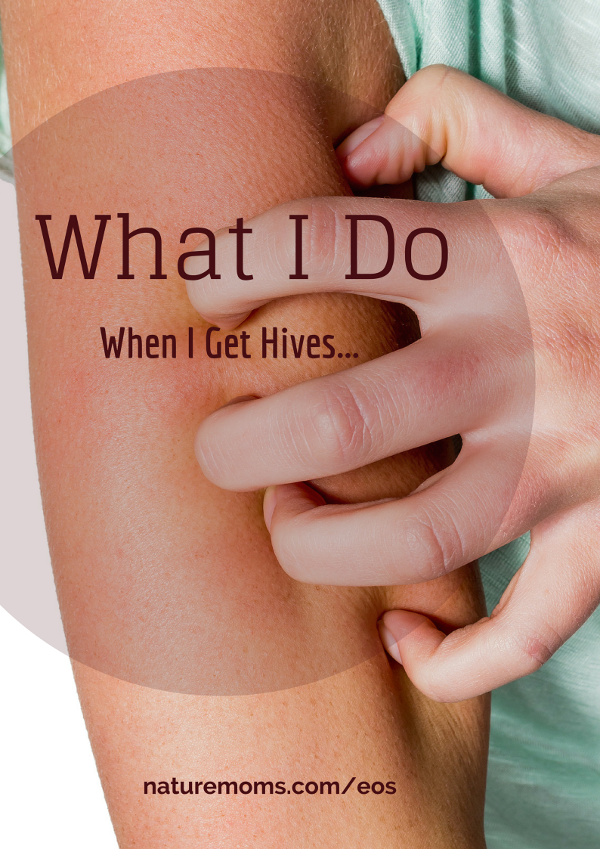
What is PUPP?
PUPP stands for pruritic urticarial papules and plaques of pregnancy. Women that develop PUPP will see outbreaks of red, raised patches on their skin.
The first site of the outbreak is generally the abdomen, but women with PUPP can see the condition spread to the arms and legs as well. Women with PUPP sometimes report extreme itching with these outbreaks.
Some research points to PUPP being linked to a genetic condition, as it seems to run in families, but ultimately, the cause of PUPP is still unknown. Generally, PUPP happens more often in a woman’s first pregnancy and is rarely seen in subsequent pregnancies.
How Can I Treat Hives During Pregnancy?
Minor rashes can have a tendency to go away on their own. However, it is important not to scrub the affected area. Soap can aggravate the condition, so cutting back on the amount of soap you use can be beneficial.
One technique that could reduce the itchiness is taking an oatmeal bath or using baking soda in your bath.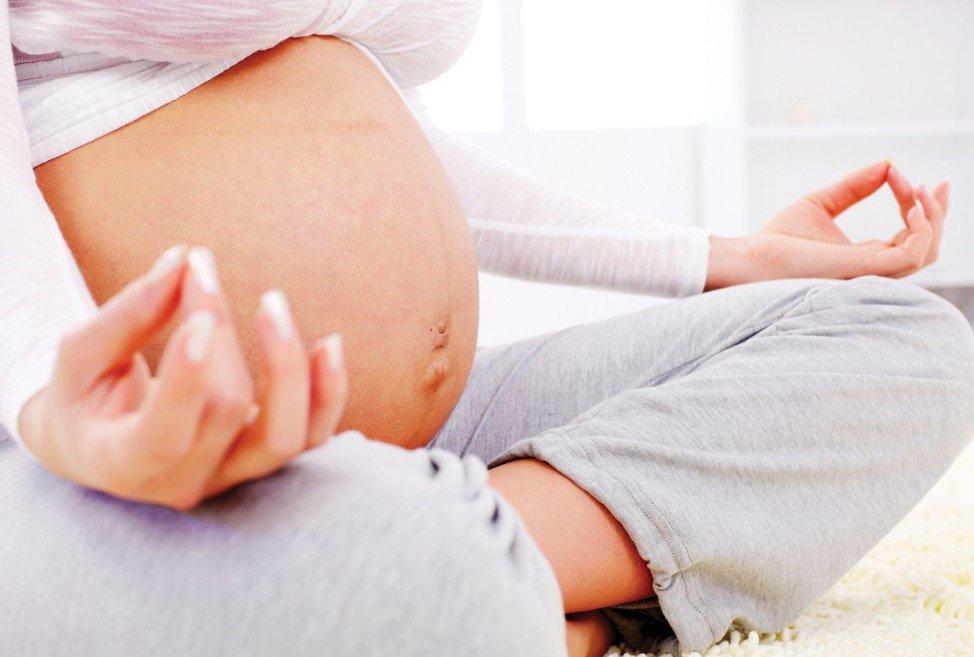 Keeping your skin well-moisturized can also help with the itching and dryness.
Keeping your skin well-moisturized can also help with the itching and dryness.
There are several antihistamines that are considered safe to take during pregnancy such as Allegra, Benadryl, and Chlor-Trimeton, Claritin and Zyrtec. It is important to review the warnings on any medication and consult your pharmacist and healthcare provider before taking any medication.
For more serious skin conditions like PUPP, doctors may prescribe oral medications or a variety of anti-itch creams.
How Can I Prevent Hives During Pregnancy?
You might be someone who is more susceptible to hives in general. If that is the case, more than likely you know what foods or pathogens to avoid from previous experience.
Because you might be more susceptible and pregnancy tends to bring on dry and itchy skin, it is important to know steps you can take to prevent hives while pregnant. You at least want to know how you can minimize the hives you experience during pregnancy.
Here are some tips for minimizing or preventing hives during pregnancy:
- Avoid hot showers and hot baths (at least lower the temperatures)
- Avoid wearing tight fitted clothing
- Try not to scratch your skin as it itches
- Keep pressure off your skin
- Avoid stress and practice relaxation techniques
The above may not prevent all cases of hives, but it usually makes the cases of hives less severe and go away quicker.
Want to Know More?
- 7 Common Discomforts of Pregnancy
- How to Treat Itchy Skin Naturally During Pregnancy
Compiled from the following Sources
American Academy of Dermatology, (Accessed Oct 2014), Hives: Who Gets and Causes
National Institute of Health (access Oct 2014), Hives
Harms, R. (2004). Mayo Clinic guide to a healthy pregnancy (1st ed., pp. 480-481). New York: HarperResource.
Johnson, R. (1994). Mayo Clinic complete book of pregnancy & baby’s first year (1st ed., p. 17). New York: W. Morrow and Co.
Symptoms and what they look like
Some people develop skin rashes during pregnancy. The medical name for this is pregnancy dermatosis. Rashes can vary in severity and duration, depending on what causes them.
Hormone levels, stretching skin, genetics, and blood flow can all play a role.
This article discusses seven types of rash that can occur during pregnancy, including their symptoms and treatments. It also looks at how people can manage the symptoms at home.
It also looks at how people can manage the symptoms at home.
Itchy skin is common during pregnancy, and some people also develop rashes. Some types of rash are specific to pregnancy, while others can occur at any time. However, some rashes may be more likely during pregnancy for some people due to the physical changes their body is going through.
In most cases, skin rashes are not serious and do not indicate a problem with the fetus. However, identifying the cause early on is important, as some rashes are a symptom of an underlying condition.
Some rashes that can occur during pregnancy include:
- heat rash
- hives
- atopic eruption of pregnancy
- pruritic urticarial papules and plaques of pregnancy (PUPPP) rash
- intrahepatic cholestasis of pregnancy (ICP)
- impetigo herpetiformis
- pemphigoid gestationis
Pregnancy can cause people to feel unusually warm because of increased blood supply to the skin. As a result, a person may find that they sweat more, which, in some cases, may lead to a heat rash.
A heat rash, or prickly heat, causes an itchy patch of tiny blisters on the skin. Staying cool and dry can help heat rashes heal. If a person experiences heat rashes, they can try:
- wearing loose clothing made from natural fibers, such as cotton
- working and sleeping in cool, well-ventilated rooms
- changing out of wet clothing as soon as possible
- using cool water compresses on the rash
Hives look like raised bumps or welts on the skin. They itch and often occur due to an allergic reaction. However, there are other possible causes, including:
- heat
- scratching the skin
- stress
- pressure on the skin
Feeling hot and itchy is common during pregnancy and may lead to hives. In addition, the authors of a 2013 article suggest that hormonal changes may also induce hives.
A person can treat mild hives at home by cooling the skin. If the hives are severe or occur alongside swelling or difficulty breathing, a person should seek immediate medical help.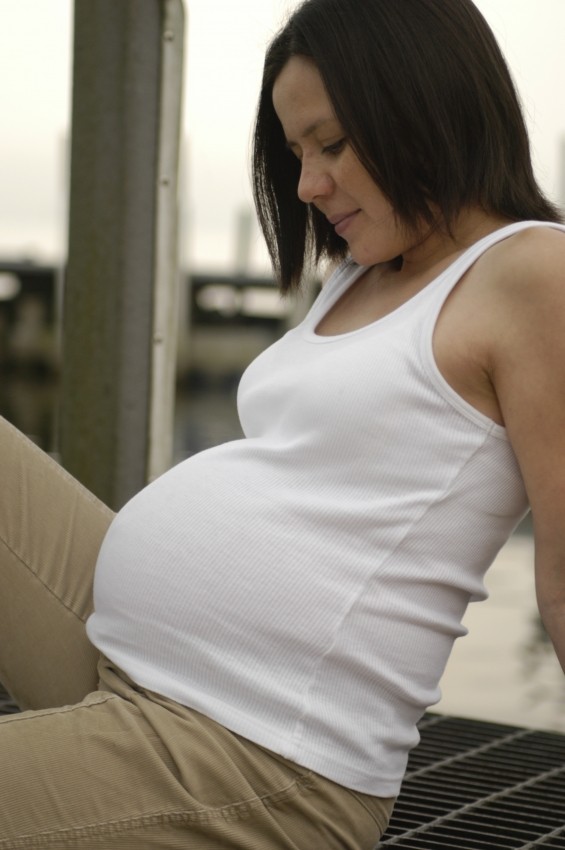
Atopic eruption of pregnancy is the most common pregnancy-specific skin disorder. The term groups several similar pregnancy rashes together. These include:
- atopic eczema
- prurigo of pregnancy
- pruritic folliculitis of pregnancy
Eczema is a very dry and itchy rash that appears red in lighter skin and gray or brown in darker skin. People who develop eczema during pregnancy may find that lesions flare up more than usual during the first and second trimesters.
Prurigo of pregnancy involves a rash that consists of papules, which are small bumps filled with fluid. Pruritic folliculitis causes papules that resemble pimples, or acne.
These conditions are uncomfortable but do not pose a risk to the pregnant person or the fetus. The rash will often disappear after delivery. Until then, a doctor may prescribe emollients, steroid creams, or antihistamines to reduce itching.
PUPPP rash affects about 1 in every 160 pregnancies. This condition is more common in people carrying multiple fetuses, as with twins or triplets.
A PUPPP rash develops when the skin stretches, damaging the layer of tissue underneath. This causes inflammation, which appears as a rash. A PUPPP rash sometimes begins in the second trimester but usually develops in the final 3 months of pregnancy. It goes away after giving birth.
A PUPPP rash is itchy and produces bumps on the skin, but it does not cause complications. A doctor may suggest using oral antihistamines, skin emollients, or steroid medication to treat it.
ICP, or obstetric cholestasis (OC), is a potentially serious liver condition that can occur during pregnancy. It causes severe itching that begins on the palms of the hands and the soles of the feet before spreading to other parts of the body. The itching may occur with or without a rash.
Sometimes, itching is the only symptom of ICP. Occasionally, a person may also develop jaundice, which causes the nails, skin, and eyes to become slightly yellow. ICP typically occurs in the third trimester.
The likelihood of developing ICP differs among ethnic groups. The condition affects 1% of females of Northern European ancestry. It is more common in people of Scandinavian or Araucanian Indian descent.
The condition affects 1% of females of Northern European ancestry. It is more common in people of Scandinavian or Araucanian Indian descent.
ICP can cause pregnancy complications, so early recognition, diagnosis, treatment, and close surveillance are very important. Severe itching in pregnancy is not normal, so a person should see a doctor immediately if this occurs.
Impetigo herpetiformis is a rare skin condition that appears during pregnancy, often in the last trimester. It is similar to pustular psoriasis, which causes severe skin inflammation.
This rash begins as lesions in the skin folds. These can then spread across the surface of the skin, covering large patches. The skin may crust or become infected. People can also experience:
- fever
- diarrhea
- dehydration
- rapid heartbeat
- seizures
Impetigo herpetiformis usually resolves after a person gives birth, but there is a risk of stillbirth. In rare cases, this condition is fatal. Doctors manage the condition and reduce these risks by prescribing systemic corticosteroids and antibiotics.
Doctors manage the condition and reduce these risks by prescribing systemic corticosteroids and antibiotics.
If a person experiences impetigo herpetiformis during one pregnancy, they may experience it again in future pregnancies.
Pemphigoid gestationis is a rare autoimmune disease that affects 1 in every 50,000 pregnancies. It causes an itchy, hive-like rash that begins around the navel and then spreads to other parts of the body. The rash may also include blisters.
This condition often begins in the second or third trimester. It can resolve during late pregnancy, but it often flares up before delivery. After pregnancy, the menstrual cycle or use of oral birth control pills may trigger the rash to return.
In 5–10% of pemphigoid gestationis cases, newborns are born with skin lesions. However, the exact risk that this condition poses to the fetus is unclear.
Mild rashes, such as hives, heat rash, or mild eczema, can improve with home management. A person can try the following methods to soothe irritated skin and ease itching:
- keeping the skin clean and dry using a gentle, unscented cleanser
- washing with cool or lukewarm water rather than hot or cold water
- moisturizing the skin using an unscented emollient, particularly after bathing, showering, or washing the hands
- avoiding products that may irritate the skin, such as harsh soaps or perfumes
- wearing loose, soft fabrics, such as cotton or linen
- using cool compresses, colloidal oatmeal baths, or calamine lotion to soothe itching
- avoiding scratching the skin, as this can make some skin conditions worse
Many forms of pregnancy rash are harmless, but it is always best to see a doctor so that they can identify the cause and confirm that a person does not need medical treatment.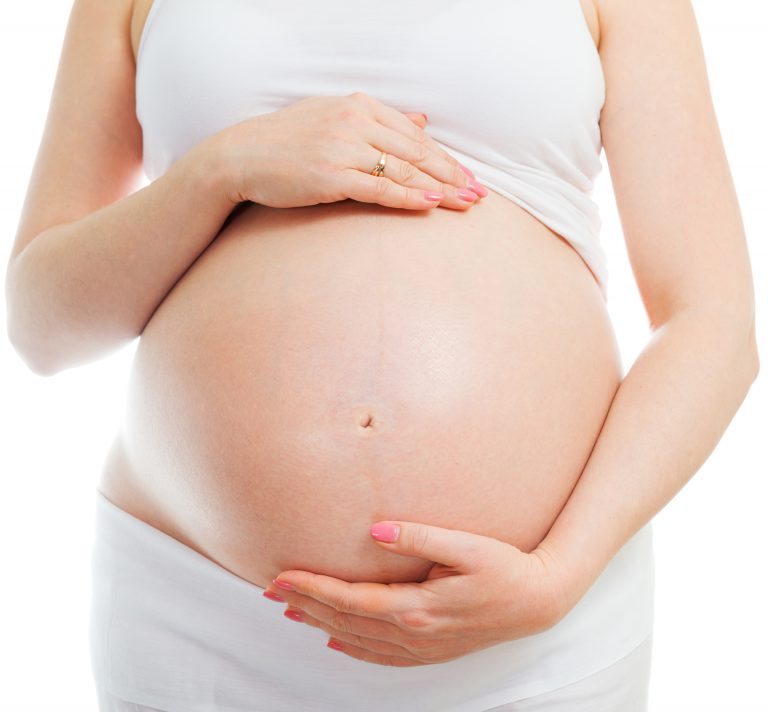 A doctor can also advise on the best way to care for skin conditions during pregnancy.
A doctor can also advise on the best way to care for skin conditions during pregnancy.
A person should seek immediate treatment if a rash:
- appears suddenly and spreads quickly
- causes severe itching or pain
- co-occurs with difficulty breathing and swelling
- is weeping pus or looks infected
A person should also see a doctor as soon as possible if they experience severe itchiness without a rash.
Rashes and itchy skin are common during pregnancy. Many rashes are harmless and may resolve after giving birth. However, in rare cases, rashes can be a sign of a more serious condition.
If a person does not know the cause of a pregnancy rash, they should see a doctor for a diagnosis.
Allergy during pregnancy - features of allergen detection
This is a “popular” problem of the future: every fifth woman encounters allergies during pregnancy. Is it possible to protect yourself from such a condition, how to be treated, and most importantly - how to avoid bad consequences for the unborn child?
Doctor's consultation
You can get the consultation of the necessary specialist online in the Doctis 9 application0005
Laboratory
You can undergo a comprehensive examination of all major body systems
- Why allergies can occur during pregnancy
- Rotational Diet for Allergy and Pregnancy
- How to find out what exactly causes allergies
- Which allergy medications can be taken during pregnancy
- Prevention of allergies during pregnancy
Allergies and pregnancy questions and answers
I never knew what an allergy was.
 Now - the third month of pregnancy, often rashes appear on the skin, itching. I watch my diet, there are no animals, carpets, etc. at home "provocateurs". Why can allergic reactions occur?
Now - the third month of pregnancy, often rashes appear on the skin, itching. I watch my diet, there are no animals, carpets, etc. at home "provocateurs". Why can allergic reactions occur? During pregnancy, the immune system becomes hypersensitive, so the risk of developing allergies, especially if there are first-line relatives suffering from it: a predisposition to allergies is passed down through generations. One of its most frequent manifestations in pregnant women is urticaria: skin rashes accompanied by itching. Such reactions can be the body's "response" to contact with household chemicals, cosmetics. But often the skin gets hit from the inside: harmful substances come out through the pores. substances. This happens with constipation, the use of certain foods that were previously perceived as neutral. Chronic diseases of the gastrointestinal tract can also provoke an allergic reaction, viruses, bacteria, stress, which increase the likelihood of developing immune breakdowns. Unfortunately, more and more often we encounter with a manifestation of allergy to the sun; which is associated with increased skin sensitivity to solar radiation.
Unfortunately, more and more often we encounter with a manifestation of allergy to the sun; which is associated with increased skin sensitivity to solar radiation.
What is the essence of the so-called rotation diet for allergy sufferers, and is it possible use it during pregnancy?
Not only possible, but necessary. A rotation diet is when the same the product is not consumed every day, but after 72 hours: during this time, all its remains, the body becomes less susceptible to the effects of the allergen and a pronounced reaction can be avoided. The minimum periods of "break" can be increased.
Of course, the rotational diet must be hypoallergenic: products of "high risk": eggs, fish, seafood, caviar, nuts, chocolate, honey, citrus fruits, vegetables, red and orange fruits colors.
There is also a cross-allergy, in which an allergic reaction launches a product that contains the same or similar substances in its chemical structure.For example, in case of an allergy to tree pollen, it is necessary to limit fruits containing bone, as well as all types of nuts; when reacting to weed pollen - melon, eggplant, seeds.
How to find out what exactly causes allergies, they say, skin tests for an expectant mother to do it is forbidden?
Yes, skin testing is not recommended during pregnancy as even the smallest dose or another allergen can cause an unpredictable reaction. There are laboratory diagnostic methods: you need to pass an analysis blood from a vein for specific immunoglobins E, this will identify the "provocateur".
Now there are many anti-allergy drugs in pharmacies. Which ones can be taken pregnancy, and which ones can be dangerous for the unborn baby?
Any medication intended for oral administration is strictly prohibited for a woman in position use without a doctor's prescription. Especially - in the first trimester of pregnancy: this is the period of "formation" all organs and systems of the unborn child.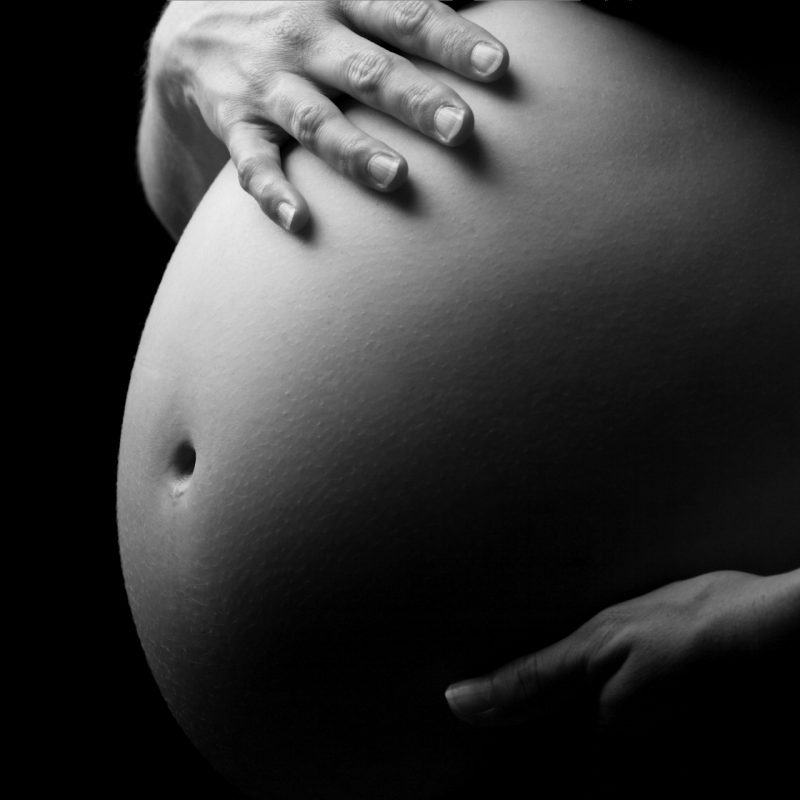 Later, after the 12–14th week, a sufficiently reliable barrier protection the placenta will provide the unborn baby.
Later, after the 12–14th week, a sufficiently reliable barrier protection the placenta will provide the unborn baby.
The choice of means depends on the gestational age and localization allergies: for skin reactions, topical preparations can be used: ointments, gels. For allergic rhinitis rinsing the nose with saline solutions helps to reduce swelling. But to fight such a runny nose, using vasoconstrictor drops, it is absolutely impossible for pregnant women: they can provoke a violation of the uteroplacental circulation.
It is important to prevent allergy attacks during pregnancy. What needs to be removed away carpets, dense draperies on windows, open shelves with books and other "dust collectors" everyone knows. But there are other important points as well. Carefully choose household chemicals: for washing, use funds in tablets and capsules, not powder; for cleaning various surfaces special wipes and rubber brushes that allow you to do without "chemistry".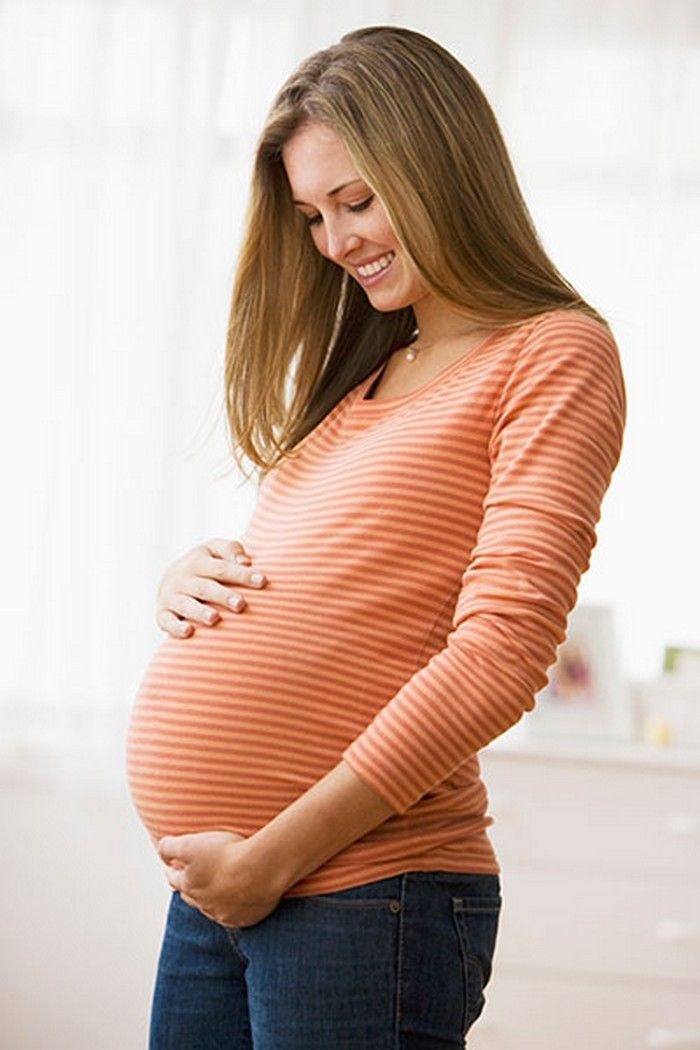 Desirable install an air purifier with a HEPA filter at home, which traps the smallest microparticles of allergens, reducing their concentration in the air.
Desirable install an air purifier with a HEPA filter at home, which traps the smallest microparticles of allergens, reducing their concentration in the air.
If you have any questions, you can ask your doctor obstetrician-gynecologist or allergist online at Doctis app.
Author of the article: Karina Levonovna Vardanyan
Influence of pregnancy on the course of allergic diseases uMEDp
Pregnancy and allergic diseases can mutually aggravate each other. However, today, thanks to the achievements of modern medicine, even women with serious allergic pathology are able to safely endure and give birth to a healthy child.
Despite the fact that pregnancy is a physiological state, the changes associated with it, to one degree or another, affect all organs and systems of the body. The risk of complications in a pregnant woman suffering from an allergic disease and the fetus is higher than in a healthy pregnant woman. Treatment during the gestation period is not an easy task. The doctor must answer a number of questions:
Treatment during the gestation period is not an easy task. The doctor must answer a number of questions:
- Is it possible to have a successful pregnancy outcome with the existing disease?
- How will pregnancy affect the course of the disease?
- Is it possible to prescribe the necessary drugs and how will their intake affect the course of pregnancy and the condition of the fetus?
The pharmacological effects of drugs in the mother and fetus may be different. Some drugs have a delayed adverse effect on the embryo [1].
The placental barrier protects the fetus. As a result, some substances enter the mother's body, while others are retained or enter the fetus's body after biochemical processing. No drug, even when applied topically, is absolutely safe for the fetus [1].
The fetoplacental complex is a combination of two independent organisms, the interaction between which is carried out through the placenta. The placenta provides gas exchange, performs metabolic, trophic, endocrine, excretory and barrier functions [1].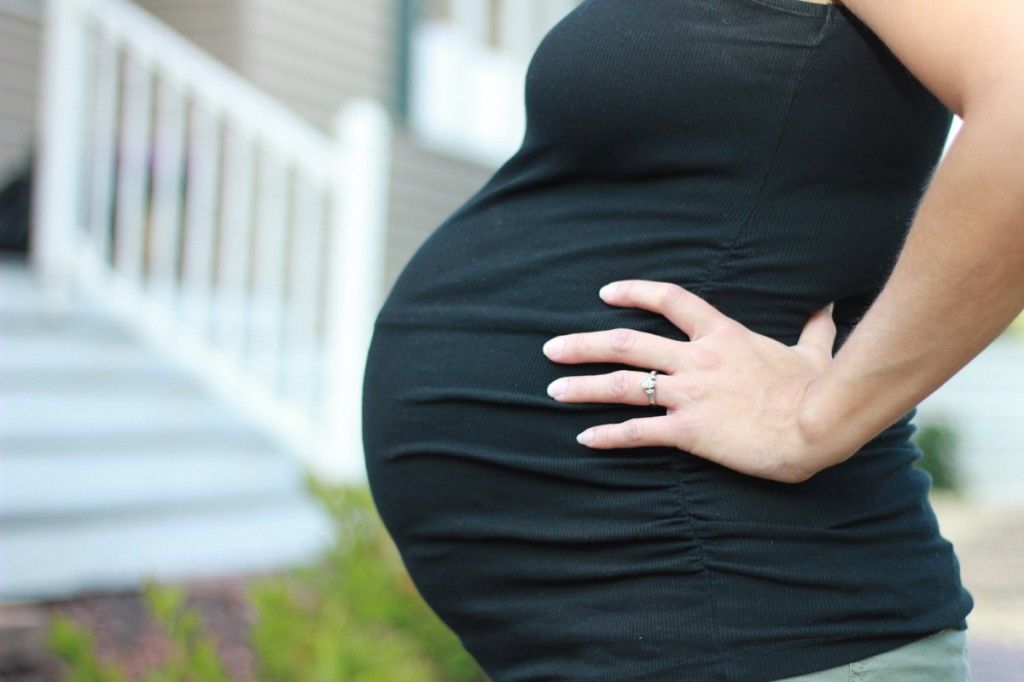
Features of the course of allergic diseases during pregnancy
In recent decades, allergic pathology has been not only a medical, but also a social problem. The number of allergic diseases is growing almost exponentially [2]. Currently, there are over 20% of pregnant women with allergic pathology.
Changes in the functioning of the neuroendocrine system during the gestation period affect the course of an allergic disease. In turn, an allergic disease, due to changes in the functioning of the immune system, affects the course of pregnancy. During pregnancy, the activity of Th3-lymphocytes increases, the humoral link of immunity is activated, inhibition of the cellular link is noted, and the level of sex hormones changes. Fetal antigens can influence the course of maternal disease. The content of Th-17 increases, the level of T-regulatory cells decreases. With poorly controlled bronchial asthma (BA), an increase in the levels of gamma-interferon and interleukin 4 is not excluded [3].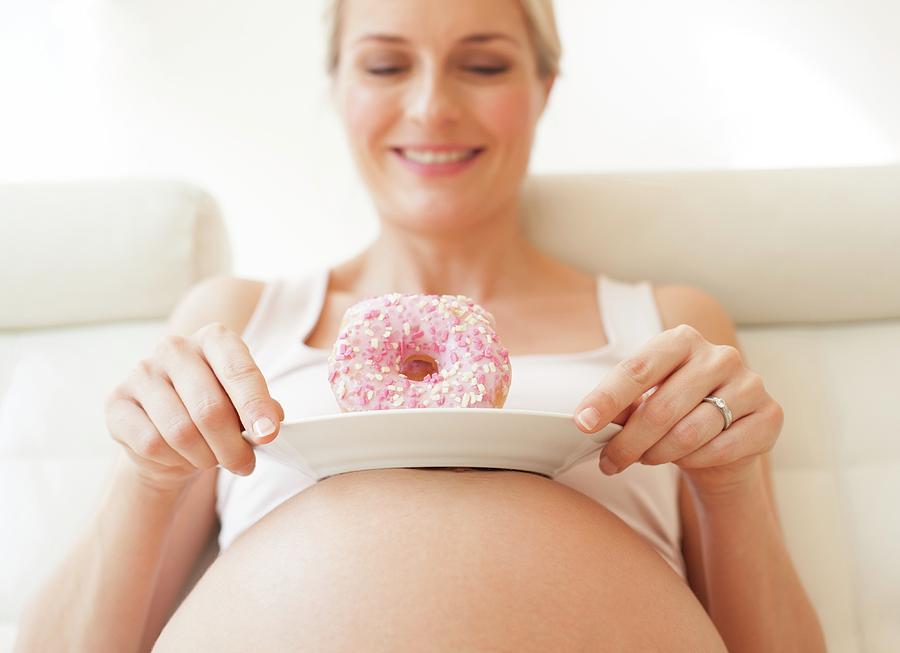
The physiological characteristics of pregnancy are also reflected in the course of an allergic disease. We are talking about such features as flattening of the diaphragm, horizontal position of the heart, an increase in the transverse size of the chest, a slight increase in intrathoracic pressure, the appearance or intensification of gastroesophageal reflux. An increase in the size of the uterus leads to a decrease in the vertical dimensions of the chest. In addition, during pregnancy there are:
- increase in oxygen demand, tidal volume, minute ventilation, alveolar ventilation, decrease in expiratory reserve volume. Residual lung volume approaches functional residual capacity. Bronchial patency indicators (forced expiratory volume in the first second and peak expiratory flow rate) do not change during pregnancy [1];
- change in endocrine status;
- increased bronchial reactivity;
- increased pulmonary capillary permeability;
- the impact of additional stress load on the body [4].

How pregnancy affects the course of allergic pathology
Option one: pregnancy does not affect the course of an allergic disease. The patient continues treatment, is observed by a doctor.
Option two: during pregnancy remission of the disease occurs, however, observation and, if necessary, adequate treatment are necessary.
Option three: during pregnancy, an allergic disease becomes more severe, sometimes an exacerbation occurs. This requires immediate action by the doctor: the appointment of adequate therapy or correction of the already ongoing treatment, if necessary, hospitalization, further close monitoring by an allergist-immunologist and an obstetrician-gynecologist.
Currently, a decrease in the level of health of women of childbearing age and an increase in the age of primiparas are being recorded all over the world [1]. During pregnancy, a manifestation of pathology is possible, sometimes it becomes necessary to use medicines in the absence of a chronic disease.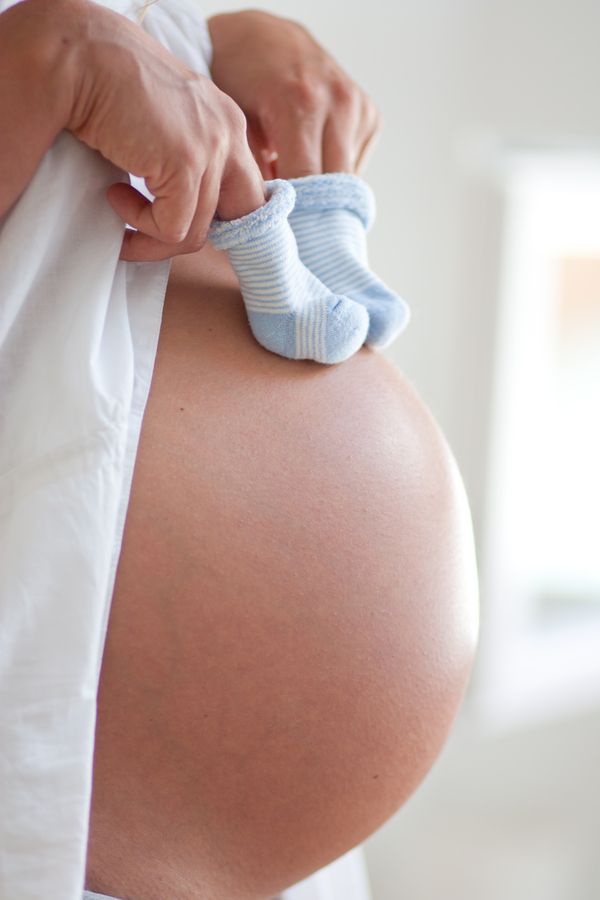 Prevention of the manifestation of allergic diseases or their exacerbations should be carried out before pregnancy, during pregnancy and during childbirth. It is important to take measures to eliminate allergens and triggers. In some cases, it is necessary to follow an elimination or hypoallergenic diet, refuse to take medications that can negatively affect the course of pregnancy and fetal development.
Prevention of the manifestation of allergic diseases or their exacerbations should be carried out before pregnancy, during pregnancy and during childbirth. It is important to take measures to eliminate allergens and triggers. In some cases, it is necessary to follow an elimination or hypoallergenic diet, refuse to take medications that can negatively affect the course of pregnancy and fetal development.
If indicated, an allergic examination is carried out before pregnancy. After verifying the diagnosis, it is important to choose an adequate basic therapy that provides control of the allergic disease and prevents exacerbations. Treatment of concomitant pathology, sanitation of foci of infection are required. The connection between smoking and an unfavorable outcome of pregnancy (premature birth, low birth weight, sudden infant death syndrome, prematurity) has been proven. Therefore, having planned a pregnancy, a woman should not only reduce the number of cigarettes smoked, but completely get rid of the bad habit [5].
Allergic diseases during pregnancy: features of the course and treatment
Nasal symptoms in pregnant women require clarification of the causes of their occurrence.
Rhinitis of pregnancy. The main symptom is nasal congestion without evidence of respiratory tract infection or allergic inflammation. It is observed more often during six weeks of pregnancy and no more than two weeks after childbirth [6]. The main symptoms are: nasal breathing disorder, dysosmia, rhinorrhea, nosebleeds, congestion in the ears, dryness of the nasal mucosa, paresthesia, sore throat, dry cough, sleep disturbance, asthenia.
Existing hypotheses link the development of rhinitis in pregnant women with an increase in progesterone and estrogen levels, which ultimately leads to hypersecretion, swelling of the nasal mucosa [6, 7]. Diagnosis is based on the analysis of complaints, anamnesis and objective data, including the results of anterior rhinoscopy, and sometimes microrhinoscopy, rhinomanometry [7].
Pregnant women are susceptible to viral and bacterial infections. During pregnancy, women suffer from sinusitis six times more often than in other periods of life [6, 7]. Treatment of hormonal rhinitis of pregnant women, various infectious complications is traditionally done by otorhinolaryngologists.
Allergic rhinitis (AR) is another cause of nasal symptoms in a pregnant woman. AR is an inflammatory disease based on an allergic reaction in the nasal mucosa in response to exposure to environmental allergens. The cause of AR is exoallergens: pollen, house dust mite allergens, epidermal, fungal, sometimes medicinal and food.
AR is often combined with asthma, acute or chronic rhinosinusitis, otitis media. AR occurs in 20–30% of pregnant women and can complicate the course of pregnancy [7, 8]. Endocrine shifts can affect the severity of AR and the degree of nasal obstruction [8]. As a rule, in pregnant women, AR occurs in a more severe form and is characterized by almost constant rhinorrhea, nasal congestion, insomnia, frequent episodes of sneezing, lacrimation, scleral hyperemia, itching in the nose, itching of the eyes and eyelids, photophobia, decreased sense of smell, headache [9].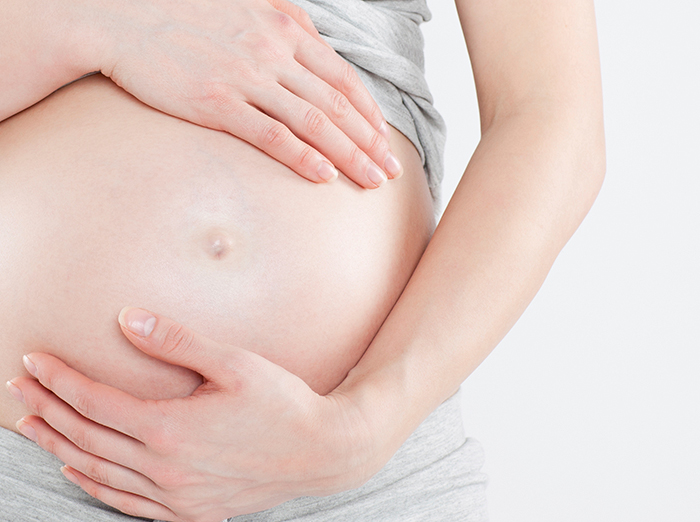
During pregnancy, differential diagnosis requires allergic rhinitis, hormonal rhinitis, infectious rhinitis, drug-induced rhinitis.
Usually the diagnosis is verified with the joint efforts of an otorhinolaryngologist and an allergist. To confirm the allergic nature of rhinitis, a specific diagnosis is carried out, which, in addition to analyzing the anamnesis, includes skin testing, and in some cases provocative tests. During pregnancy tests in vivo should not be performed. Available laboratory tests can detect the presence of specific IgE antibodies to suspected allergens.
Treatment of allergic rhinitis
Traditionally, the treatment regimen for AR includes the elimination of a causally significant allergen, allergen-specific immunotherapy (ASIT), pharmacotherapy, and patient education.
Elimination measures are necessary for any manifestations of allergies. In some cases, the elimination of contact with the allergen (the exclusion of contact with the animal, moving from a house where mold is present) gradually leads to complete relief or a decrease in the intensity of symptoms.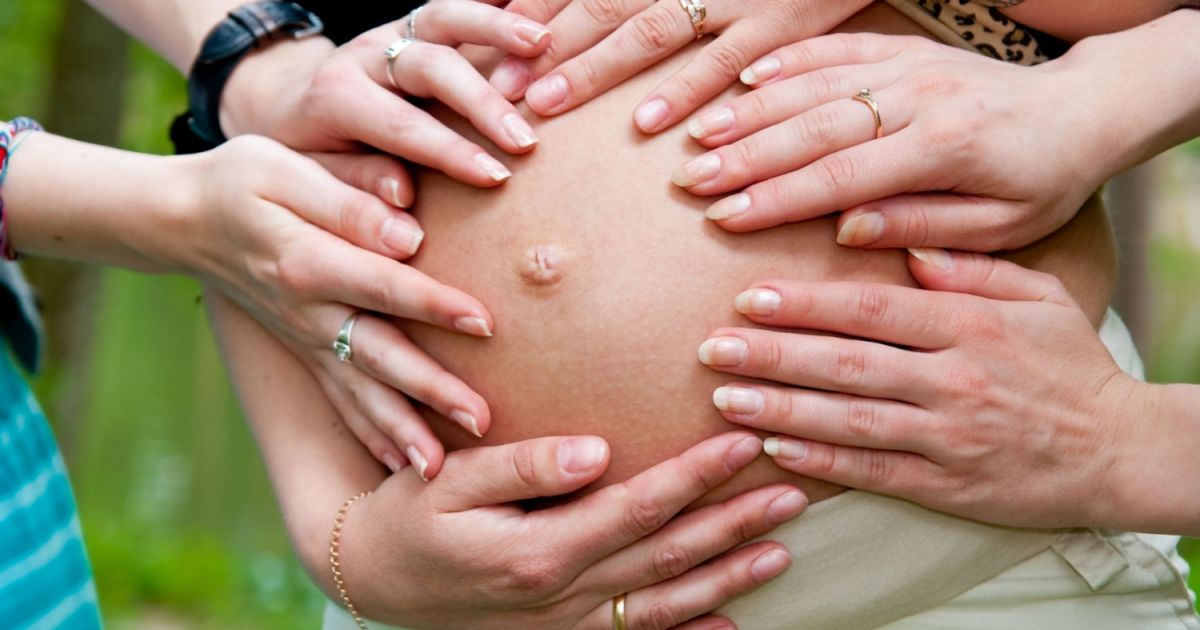 Such activities can help reduce the amount of pharmacotherapy, which is especially important during pregnancy.
Such activities can help reduce the amount of pharmacotherapy, which is especially important during pregnancy.
During pregnancy and during breastfeeding, products with a barrier function can be used. Nazaval is a finely dispersed cellulose powder that forms a protective gel-like film in the nasal cavity that prevents the penetration of allergens. The drug restores mucociliary clearance, normalizes the ciliated epithelium. Prevalin is a product consisting of inert components (oils, emulsifiers) that create a protective barrier in the nasal cavity. There are also microrespirators that are placed in the nasal passages and prevent contact of the mucous membrane with exoallergens. The use of air purifiers, anti-allergic covers for bedding, the removal of “dust collectors” from the apartment can reduce the level of household allergens.
It is extremely important to exclude the influence of trigger factors (active and passive smoking, infectious agents, etc.). Gastroesophageal reflux, which often occurs in the third trimester of pregnancy, may contribute to the manifestation of symptoms of rhinitis and asthma or an increase in symptoms.
Allergen immunotherapy
It has been proven that ASIT with respiratory allergens can control symptoms and prevent exacerbation of allergies [10].
At the moment, there is no reliable information on the teratogenic effect of ASIT [11, 12]. In retrospective studies, the safety of ASIT during pregnancy has been confirmed; an increase in the incidence of complications in pregnant women against the background of ASIT has not been registered [13-16]. However, the possibility of developing severe anaphylaxis reactions, dangerous for spontaneous abortion, premature birth, and death of a pregnant woman, cannot be ruled out [14].
ASIT is not prescribed during pregnancy. When pregnancy occurs in the phase of maintenance therapy with allergens, the doctor evaluates the possible benefits of ASIT and, based on the general condition of the patient and her consent, decides whether to continue treatment [11]. Treatment is strictly individual, a pregnant woman visits an allergist more often than before pregnancy.
ASIT is not performed during breastfeeding. At the moment, there are no clinical data on the use of ASIT during lactation. Issues related to ASIT during pregnancy and breastfeeding require further study.
Pharmacotherapy
The main rule for the use of drugs during pregnancy is to maintain the optimal ratio between the benefits of its use and the risk of side effects on the fetus. However, complete information on the safety of drugs is not always available [17, 18].
Most drugs cross the placenta and have the potential to cause pharmacological effects in the fetus. The amount of the drug that crosses the placenta depends on its therapeutic dose, frequency of administration and method of application. Obviously, it is preferable for pregnant women with AR to prescribe drugs with low overall bioavailability and use them endonasally. Medicines are prescribed when the expected benefit outweighs the potential risk.
To indicate the potential danger of the drug to the fetus, classifications of risk categories during pregnancy are used.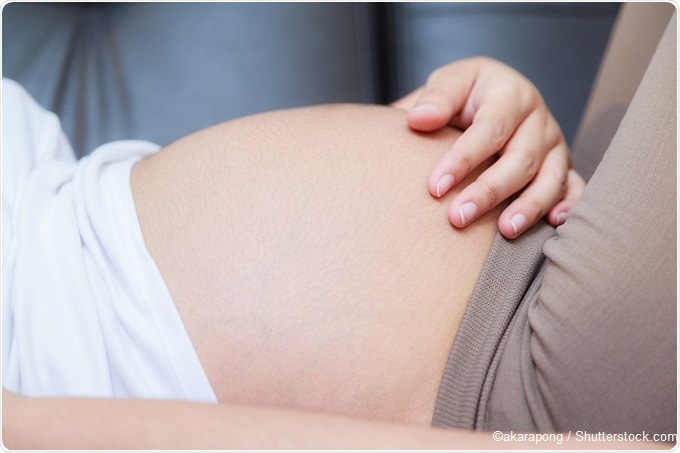 The first FASS classification was introduced in Sweden, followed by the US Food and Drug Administration (FDA) classification. Later, the Australian ADEC classification was developed on their basis. There are certain disagreements between classifications, for example, in the definition of categories, the ratio of teratogenicity, fetotoxicity, postnatal complications. The FDA classification is the most widely used. It is currently undergoing significant changes. To clarify the possibility of using the drug in pregnant women, one should be guided by the instructions for its use.
The first FASS classification was introduced in Sweden, followed by the US Food and Drug Administration (FDA) classification. Later, the Australian ADEC classification was developed on their basis. There are certain disagreements between classifications, for example, in the definition of categories, the ratio of teratogenicity, fetotoxicity, postnatal complications. The FDA classification is the most widely used. It is currently undergoing significant changes. To clarify the possibility of using the drug in pregnant women, one should be guided by the instructions for its use.
Antihistamines (AHP), intranasal glucocorticosteroids (InGCS), cromones, antileukotriene drugs, and local decongestants with great caution can be used in AR in pregnant women, if indicated.
Antihistamines
This group of drugs is used for AR of any severity. The results of a number of observations on the use of antihistamines in the first trimester did not reveal a relationship between their use and the occurrence of congenital malformations in children [8, 19]. No teratogenic risk of AHD has been shown [19]. Loratadine and cetirizine are safe for pregnant women, their use is not associated with the risk of developing serious congenital malformations [20]. A meta-analysis of ten studies did not reveal serious malformations or other adverse effects on the fetus in women taking antihistamines compared with the control group [21]. However, antihistamines are used only starting from the second trimester, in case of emergency, when the expected benefit to the pregnant woman outweighs the risk to the fetus. When choosing drugs, preference is given to second-generation antihistamines loratadine, desloratadine, cetirizine, levocetirizine.
No teratogenic risk of AHD has been shown [19]. Loratadine and cetirizine are safe for pregnant women, their use is not associated with the risk of developing serious congenital malformations [20]. A meta-analysis of ten studies did not reveal serious malformations or other adverse effects on the fetus in women taking antihistamines compared with the control group [21]. However, antihistamines are used only starting from the second trimester, in case of emergency, when the expected benefit to the pregnant woman outweighs the risk to the fetus. When choosing drugs, preference is given to second-generation antihistamines loratadine, desloratadine, cetirizine, levocetirizine.
Cromons
Sodium cromoglycate has a short half-life and low bioavailability (after intranasal administration, less than 7% of the dose enters the systemic circulation). A small amount of the drug passes into breast milk. This must be taken into account when prescribing treatment during lactation [22].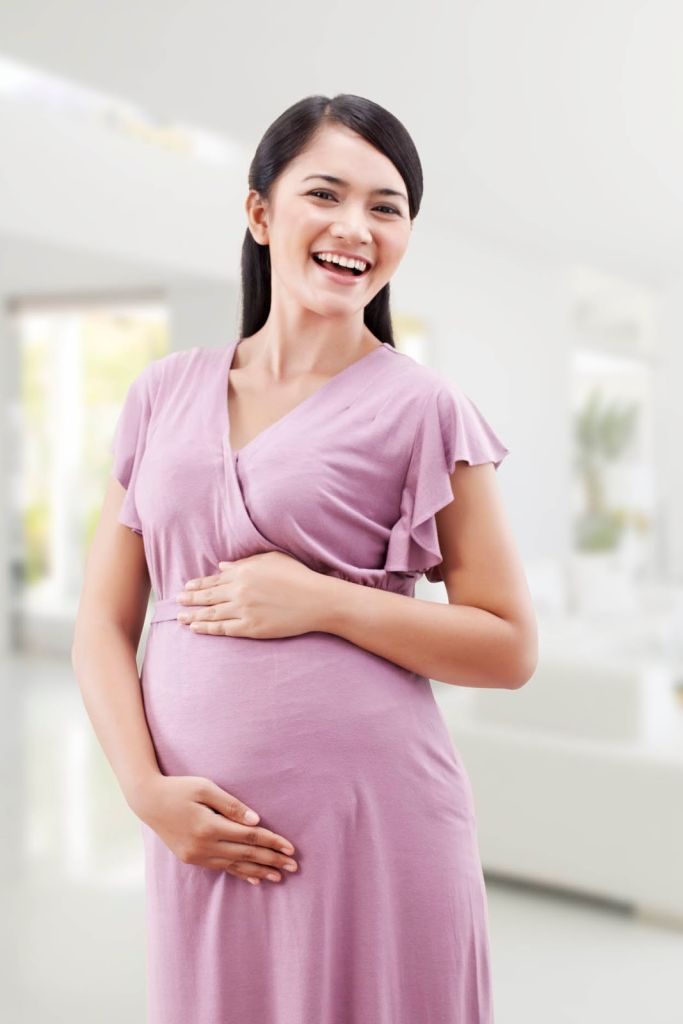 Cromones are characterized by low efficiency, their appointment is justified only in mild forms of AR.
Cromones are characterized by low efficiency, their appointment is justified only in mild forms of AR.
Intranasal glucocorticosteroids
The results of studies on the use of InGCS during the gestation period did not demonstrate a relationship between their use and the development of congenital malformations [23]. InGCS of the new generation are characterized by minimal bioavailability (
Antileukotriene preparations
The effectiveness of antileukotriene drugs in AR has been proven. According to the instructions, montelukast can be used during gestation and breastfeeding if the expected benefit to the mother outweighs the potential risk to the fetus. The safety of zafirlukast during pregnancy has not been established. The drug is excreted in breast milk. Therefore, if there is a need for its use, breastfeeding should be stopped. The safety of this group of drugs requires further study.
Decongestants
Undesirable effects of decongestants are due to their rapid absorption and ability to increase blood pressure. With prolonged use, there is a high risk of developing drug-induced rhinitis, which aggravates the course of both AR and pregnancy. All systemic decongestants except pseudoephedrine are teratogenic. The teratogenic effect of topical forms has not been proven. Despite this, the use of intranasal decongestants during pregnancy can be extremely situational [7].
With prolonged use, there is a high risk of developing drug-induced rhinitis, which aggravates the course of both AR and pregnancy. All systemic decongestants except pseudoephedrine are teratogenic. The teratogenic effect of topical forms has not been proven. Despite this, the use of intranasal decongestants during pregnancy can be extremely situational [7].
Irrigation procedures
In some cases, the use of various methods of washing and irrigating the nasal cavity with saline solutions makes it possible to avoid prescribing drugs or to reduce their use to a minimum. The methods are described in detail in the guidelines for physicians [7].
Bronchial asthma
Bronchial asthma is one of the most common diseases. The incidence of asthma varies from 1 to 8% depending on the region of the world. An analysis of studies conducted in different countries indicates that about 10% of pregnant women have BA [24, 25]. The postulate "a pregnant woman breathes for two" speaks of the seriousness of the problem.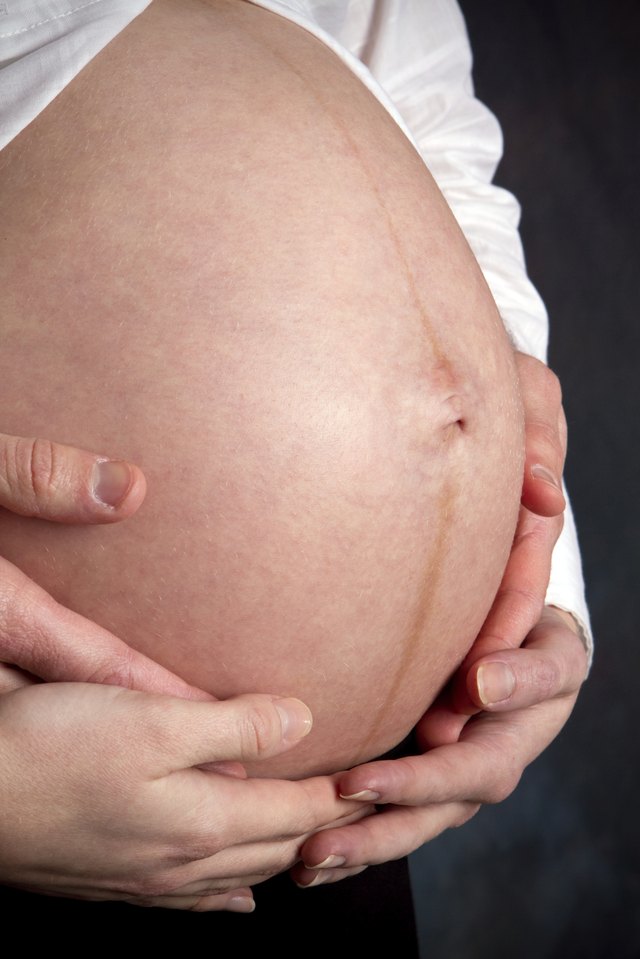 Asthma is not a contraindication to pregnancy, but is considered as a risk pregnancy.
Asthma is not a contraindication to pregnancy, but is considered as a risk pregnancy.
With the timely appointment of adequate basic therapy, women, even with a severe course of BA, safely bear and give birth to healthy children [26]. According to the Global Strategy for the Treatment and Prevention of Bronchial Asthma (GINA), the severity of asthma often changes during pregnancy, which requires close monitoring of patients, and sometimes a revision of the treatment regimen. According to experts, in about a third of women during the gestation period, the course of asthma worsens, in a third it becomes less severe, in the remaining third it does not change. As a rule, the course of severe asthma worsens. Poorly controlled asthma negatively affects the fetus, leads to perinatal mortality, increased risk of preterm birth and low birth weight, preeclampsia. A relationship has been established between exacerbation of asthma during pregnancy and adverse neonatal outcomes (congenital malformations, neonatal death, gestational diabetes, placenta previa, caesarean section).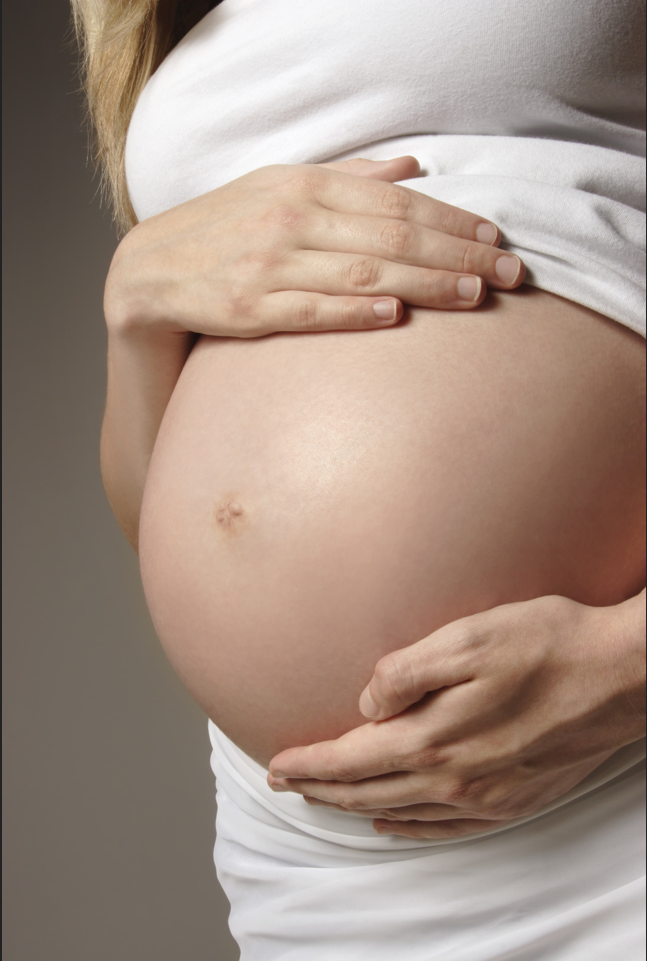 For children born to mothers in whom BA was adequately controlled during pregnancy, the overall prognosis in the perinatal period is comparable to the prognosis for children born to healthy women [3].
For children born to mothers in whom BA was adequately controlled during pregnancy, the overall prognosis in the perinatal period is comparable to the prognosis for children born to healthy women [3].
The mechanisms responsible for the change in the course of asthma during pregnancy are not fully understood. As is known, during pregnancy, in addition to immunological changes and changes in the hormonal background, the ventilation capacity of the lungs changes [1]. The effect of fetal antigens on the course of asthma in the mother is being studied. According to some data, even the sex of the child matters: in pregnant women with a female fetus, asthma symptoms worsen [3]. The risk of preterm birth is significantly higher in the group of patients with severe and moderate forms of the disease [27, 28]. Lack of active treatment is associated with an increased risk of low birth weight, preterm birth, and preeclampsia [29].].
Exacerbation of BA occurs more often and is more severe in smoking pregnant women. Obesity not only affects the severity of asthma exacerbations, but is associated with various extrapulmonary complications (preeclampsia, gestational diabetes, gestational hypertension). It was in these groups of patients that there was an increase in perinatal mortality by 35%, the birth of premature babies or children with low birth weight was more common [28].
Obesity not only affects the severity of asthma exacerbations, but is associated with various extrapulmonary complications (preeclampsia, gestational diabetes, gestational hypertension). It was in these groups of patients that there was an increase in perinatal mortality by 35%, the birth of premature babies or children with low birth weight was more common [28].
The influence of the course of asthma during pregnancy on the risk of developing asthma in a child in the first ten years of life was studied. It turned out that this risk in a child born to a woman who had uncontrolled moderate or severe asthma during pregnancy increased by 1.27 times compared to children whose mothers had controlled asthma during pregnancy. In mothers with mildly controlled or moderately controlled BA, no increase in this risk was recorded [29].
Peculiarities of pharmacotherapy of AD
The main postulate: BA during pregnancy must be controlled by well-chosen therapy [24, 30]. Conventional stepwise therapy should match the level of asthma control. If the patient received therapy before pregnancy, with the help of which it was possible to control the disease, it is advisable to continue this therapy with the onset of pregnancy. Based on the GINA 2017 recommendations, when stable disease control is achieved and maintained, the dose of the drug is maintained until the pregnancy ends successfully. It has been shown that treatment with inhaled corticosteroids, beta-2-agonists, antileukotriene drugs, theophylline is not accompanied by an increase in the incidence of fetal malformations. The main tasks are to achieve control of the symptoms of the disease and maintain normal lung function. Monitoring the condition of the mother and fetus involves not only regular visits to the gynecologist, but also observation by an allergist. An allergist monitors lung function, analyzes peak flow measurements, evaluates the adequacy of basic therapy, and identifies factors that cause asthma exacerbation.
Conventional stepwise therapy should match the level of asthma control. If the patient received therapy before pregnancy, with the help of which it was possible to control the disease, it is advisable to continue this therapy with the onset of pregnancy. Based on the GINA 2017 recommendations, when stable disease control is achieved and maintained, the dose of the drug is maintained until the pregnancy ends successfully. It has been shown that treatment with inhaled corticosteroids, beta-2-agonists, antileukotriene drugs, theophylline is not accompanied by an increase in the incidence of fetal malformations. The main tasks are to achieve control of the symptoms of the disease and maintain normal lung function. Monitoring the condition of the mother and fetus involves not only regular visits to the gynecologist, but also observation by an allergist. An allergist monitors lung function, analyzes peak flow measurements, evaluates the adequacy of basic therapy, and identifies factors that cause asthma exacerbation.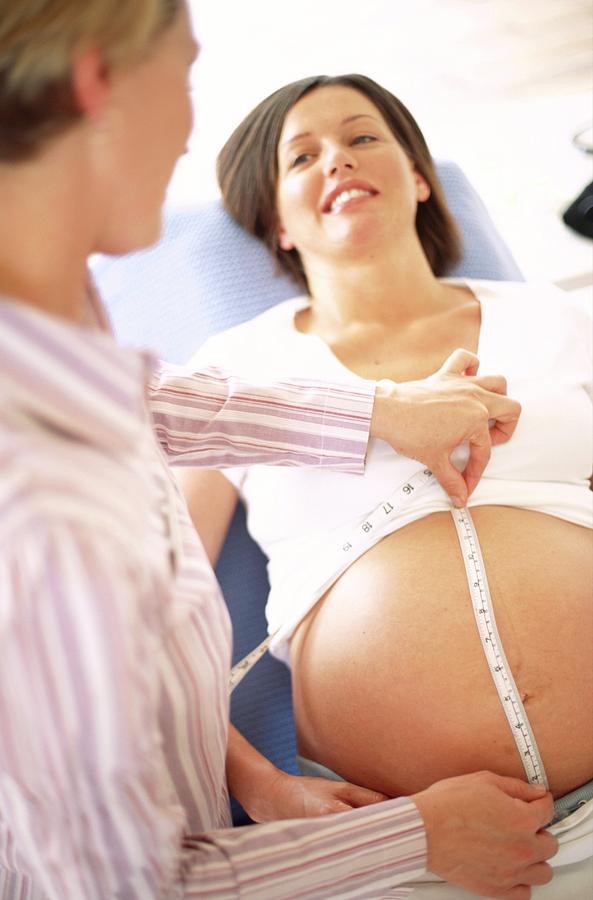
The principal approaches to the treatment of asthma in pregnant women do not differ from those in the general population. Fetal hypoxia is the main danger. Therefore, the amount of basic therapy should be sufficient to prevent its development. Preference is given to topical preparations [28].
Selective beta-2 agonists
The controlled use of selective beta-2-agonists is not accompanied by an increase in the incidence of fetal malformations [28]. Data on the possibility of a negative effect of long-acting beta-2-agonists (LABA), namely formoterol and salmeterol, on the course of pregnancy and childbirth have not been received [31]. Pregnant women are contraindicated in ephedrine and preparations containing it, which, due to uterine vasospasm, can lead to the development or aggravation of fetal hypoxia.
Short-acting inhaled anticholinergics
This group of drugs includes ipratropium bromide and oxitropium bromide.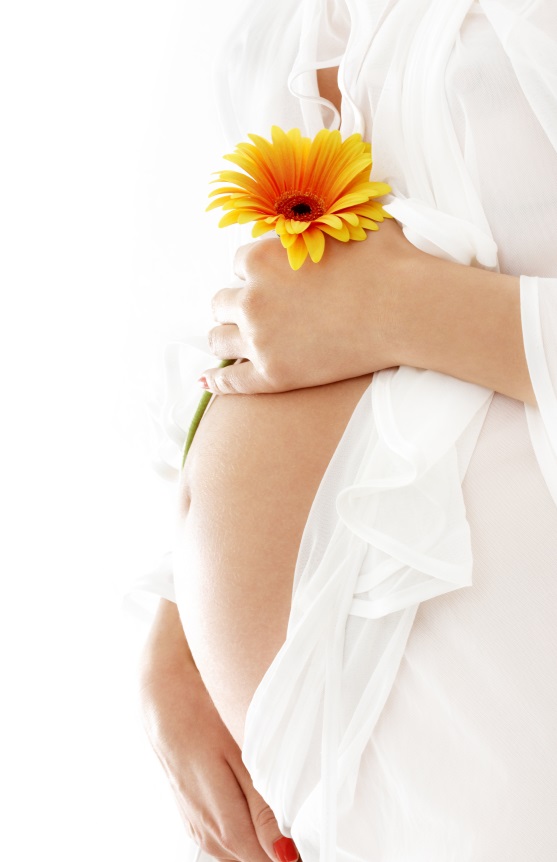 Ipratropium bromide is less effective in relieving bronchospasm than short-acting beta-2 agonists. The bronchodilator effect develops slowly and begins to appear from the 30-40th minute.
Ipratropium bromide is less effective in relieving bronchospasm than short-acting beta-2 agonists. The bronchodilator effect develops slowly and begins to appear from the 30-40th minute.
Glucocorticosteroids
If it is necessary to prescribe systemic drugs in severe exacerbation of BA, preference is given to prednisolone, the concentration of which after passing through the placenta decreases by eight times [1].
For basic therapy of BA, inhaled GCS (IGCS) are used. The results of studies [31, 32] showed that there are no differences in the efficacy and safety of budesonide and fluticasone in pregnant women. In a domestic observational study, changes in the nature of therapy and the course of pregnancy were analyzed. The frequency of pregnancy complications (hypertension, threatened miscarriage, severe preeclampsia) decreased significantly under conditions of complete control of asthma. The authors showed that IGCS/LABA therapy not only provides good disease control, but also reduces the incidence of pregnancy complications.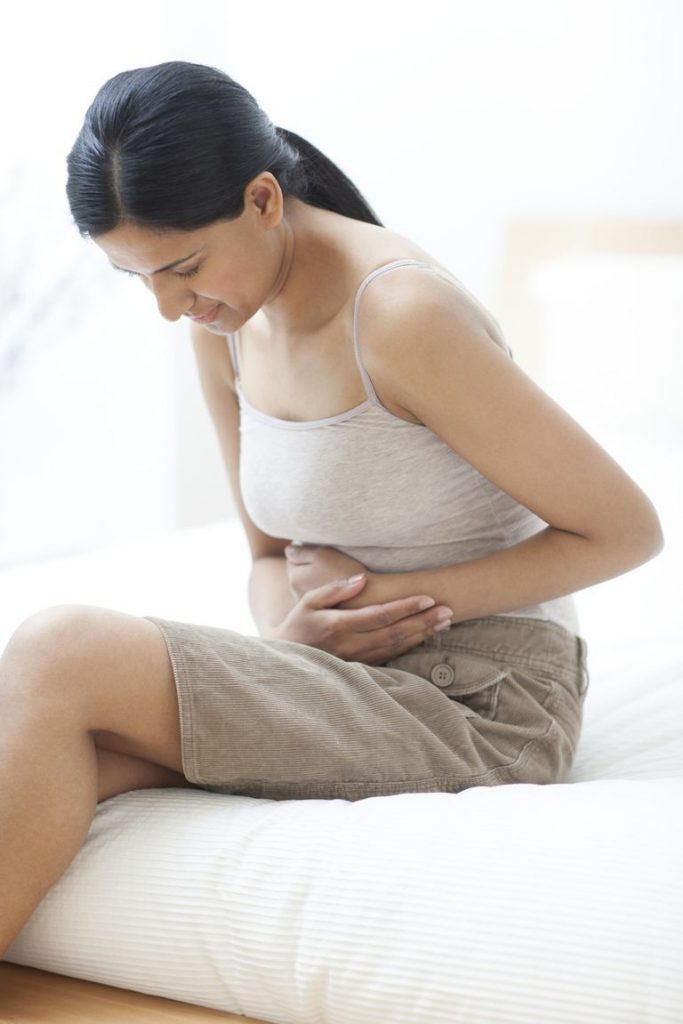 No tocolytic effect of LABA was recorded [32]. If the patient used any inhaled corticosteroids before pregnancy and her condition was well controlled, the therapy should not be changed. But if during pregnancy the need for ICS arose for the first time, budesonide is preferred.
No tocolytic effect of LABA was recorded [32]. If the patient used any inhaled corticosteroids before pregnancy and her condition was well controlled, the therapy should not be changed. But if during pregnancy the need for ICS arose for the first time, budesonide is preferred.
Cromons
Preparations of cromoglycic acid, nedocromil sodium are used for mild BA.
Antileukotriene preparations
Antileukotriene drugs have a weak bronchodilator effect, reduce the intensity of inflammation in the bronchial mucosa. Clinically, this is manifested not only by a decrease in the intensity of asthma symptoms, but also by a decrease in the frequency of asthma exacerbations.
Theophylline derivatives
Theophylline derivatives can be used in exacerbation of asthma. An important point: theophylline crosses the placenta and its concentration in the blood of the fetus is comparable to that of the mother. We should not forget about the decrease in the clearance of theophylline in the third trimester. Taking into account these data, when prescribing theophylline, it is necessary to control its concentration in the blood.
We should not forget about the decrease in the clearance of theophylline in the third trimester. Taking into account these data, when prescribing theophylline, it is necessary to control its concentration in the blood.
Urticaria and angioedema
Urticaria and angioedema can occur for various reasons at any stage of pregnancy. This may be an allergic reaction upon contact with the “guilty” allergen (drug, food, sting or insect bite). It is not excluded the development of a non-allergic hypersensitivity reaction against the background of the use of drugs with the properties of histamine liberation or activation of the complement system, when using foods rich in biogenic amines, containing dyes and certain preservatives. Some patients suffer from chronic spontaneous urticaria. Diagnosis of urticaria, determination of severity and activity are carried out in accordance with federal clinical guidelines [33].
The urticaria treatment algorithm involves identifying and eliminating causes and triggers, conducting a hypoallergenic or elimination diet, prescribing pharmacotherapy depending on the severity of the condition, the prevalence and localization of the process.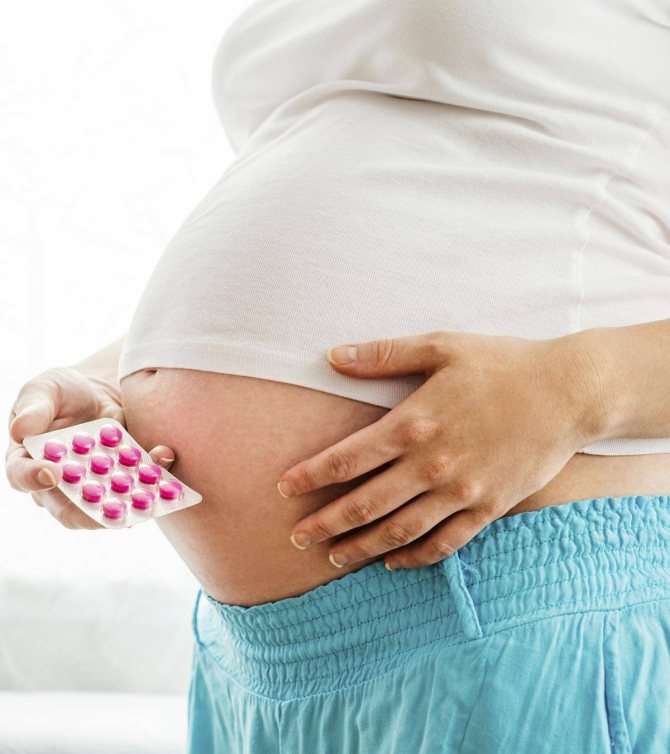
According to indications, AGP is prescribed. They are used in cases where the benefit to the pregnant woman outweighs the risk to the fetus. Clinical guidelines for urticaria allow the use of second-generation antihistamines in pregnant women and do not recommend first-generation antihistamines. AGPs have significant limitations for use in the first trimester. In severe cases, according to strict indications, systemic corticosteroids are used in a short course in minimal doses. The drugs of choice in such situations are prednisolone and methylprednisolone (low passage through the placenta) [2, 4]. It is not recommended to prescribe triamcinolone (risk of myopathy) and long-acting drugs dexamethasone and betamethasone [2]. The use of deposited GCS is strictly prohibited. The question of the possibility of using omalizumab is being discussed [33].
Atopic dermatitis
According to the majority of researchers, in 25% of pregnant women with atopic dermatitis (AD) the condition improves, in 25% it remains without significant changes, in 50% (according to other data, in 61%) there is a worsening of the course of the disease.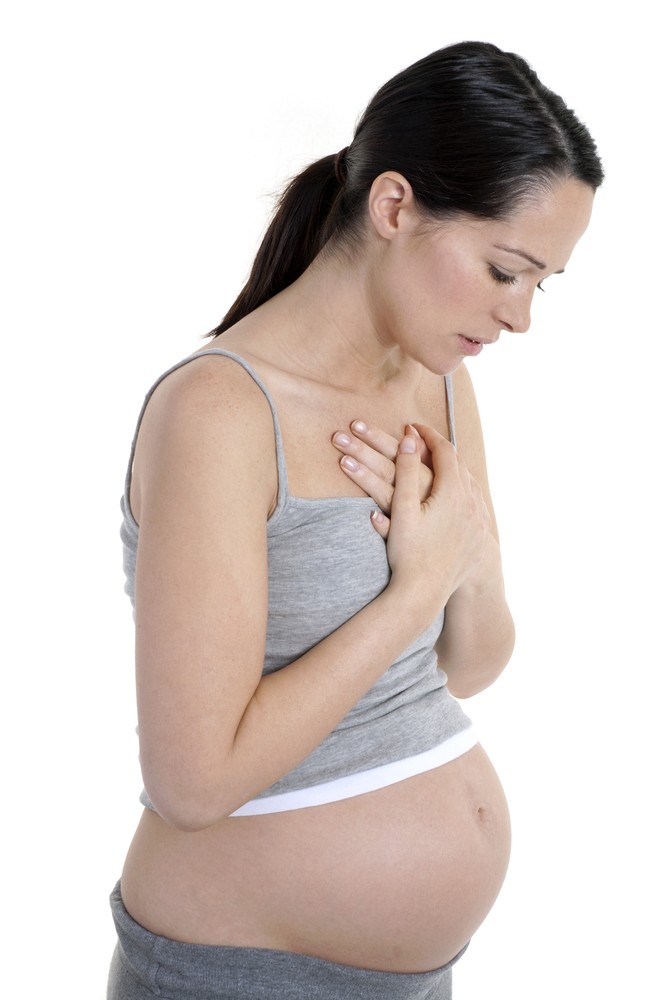 A more severe course of AD or its exacerbation is associated with an increase in the level of progesterone, cortisol, human chorionic gonadotropin, the effect of progesterone on the production of cytokines and inflammatory mediators, activation of the humoral and suppression of the cellular immunity. A certain role in changing the course of AD is played by trophic processes in the skin, changes in fatty acid metabolism, increased blood flow in the skin, and psychogenic factors [34]. The clinical picture of AD in pregnant women does not differ from that in the general population. The clinical form, prevalence, severity, stage of the disease are verified in accordance with clinical guidelines [35]. Differential diagnostics should be carried out with a number of diseases (seborrheic dermatitis, allergic contact dermatitis, scabies, ichthyosis, psoriasis, Vidal's lichen, microbial eczema, Gilbert's pink lichen, dermatophytosis, early stage of skin lymphoma, Duhring's dermatitis herpetiformis, Wiskott-Aldrich syndrome, erythroderma) [ 35].
A more severe course of AD or its exacerbation is associated with an increase in the level of progesterone, cortisol, human chorionic gonadotropin, the effect of progesterone on the production of cytokines and inflammatory mediators, activation of the humoral and suppression of the cellular immunity. A certain role in changing the course of AD is played by trophic processes in the skin, changes in fatty acid metabolism, increased blood flow in the skin, and psychogenic factors [34]. The clinical picture of AD in pregnant women does not differ from that in the general population. The clinical form, prevalence, severity, stage of the disease are verified in accordance with clinical guidelines [35]. Differential diagnostics should be carried out with a number of diseases (seborrheic dermatitis, allergic contact dermatitis, scabies, ichthyosis, psoriasis, Vidal's lichen, microbial eczema, Gilbert's pink lichen, dermatophytosis, early stage of skin lymphoma, Duhring's dermatitis herpetiformis, Wiskott-Aldrich syndrome, erythroderma) [ 35].
It is recommended to follow a non-specific hypoallergenic or individual hypoallergenic diet with the exclusion of products in case of food allergies. In everyday life, it is necessary to create hypoallergenic conditions (elimination of house dust mites, with pollen sensitization - pollen), it is recommended to reduce the impact of provoking factors (sweating, sudden temperature fluctuations, wearing coarse clothing, pollution, etc.). Treatment is aimed at achieving clinical remission, eliminating or reducing inflammation, preventing secondary infection, moisturizing, softening the skin.
Moisturizing, nourishing agents (emollients) should be applied several times a day, in sufficient quantities. Use moisturizers for baths, soap substitutes.
Topical corticosteroids (TGCS), in accordance with federal clinical guidelines, are first-line drugs for AD. TGCS (non-fluorinated) is prescribed to pregnant women only for strict indications. As is known, the effect of GCS on the fetus depends on the transplacental passage of the drug. Hydrocortisone is considered safe due to high metabolism in the placenta and minimal penetration into the fetus [36]. It has been shown that 10-12% of prednisolone crosses the placenta. At the same time, dexamethasone, methylprednisolone, betamethasone are less metabolized in the placenta and reach the fetus in 67.5, 45 and 30% of cases, respectively [37]. Mometasone binds to plasma proteins, and its free fraction is 10-20 times lower than other corticosteroids, which should lead to lower penetration through the placenta [37]. In observational studies, no relationship has been established between the use of THCS by pregnant women and adverse pregnancy outcomes (method of delivery, birth defects, preterm birth, fetal death) [37].
Hydrocortisone is considered safe due to high metabolism in the placenta and minimal penetration into the fetus [36]. It has been shown that 10-12% of prednisolone crosses the placenta. At the same time, dexamethasone, methylprednisolone, betamethasone are less metabolized in the placenta and reach the fetus in 67.5, 45 and 30% of cases, respectively [37]. Mometasone binds to plasma proteins, and its free fraction is 10-20 times lower than other corticosteroids, which should lead to lower penetration through the placenta [37]. In observational studies, no relationship has been established between the use of THCS by pregnant women and adverse pregnancy outcomes (method of delivery, birth defects, preterm birth, fetal death) [37].
The updated guidelines from the European Dermatological Forum indicate that the use of strong and very strong TGCS (based on the classification of potential activity) at high doses may be associated with an increased risk of low birth weight.
The systemic effect of THCS is enhanced by the use of occlusive dressings, moisturizing the skin, applying over large areas, and prolonged use.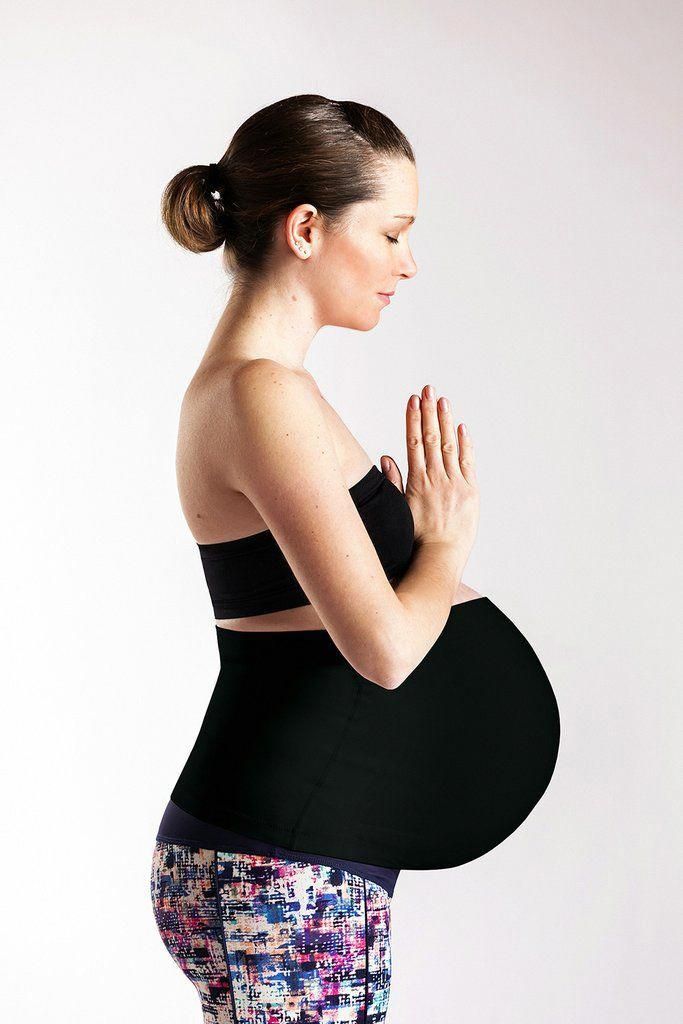 Absorption also increases when drugs are applied to areas of thin skin (face, eyelids, genitals, folds).
Absorption also increases when drugs are applied to areas of thin skin (face, eyelids, genitals, folds).
Experts recommend using weak or medium according to the classification of the potential activity of TGCS, strong and very strong glucocorticoids should be used as second-line therapy, it can be prescribed for a short period (danger of low birth weight). The high bioavailability of systemic corticosteroids and the high potential for fetotoxicity limit their use. The risk of adverse effects increases if highly absorbent skin areas (eyelids, genitals, folds) are treated. With skin lesions, when the skin barrier is broken, the risk of side effects is higher. So far, there is no data on the relationship of lipophilic corticosteroids with a good therapeutic index (mometasone furoate, fluticasone propionate, methylprednisolone aceponate) and a lower risk of low birth weight. Theoretically, such a relationship is possible, however, further observations are required for final conclusions [37].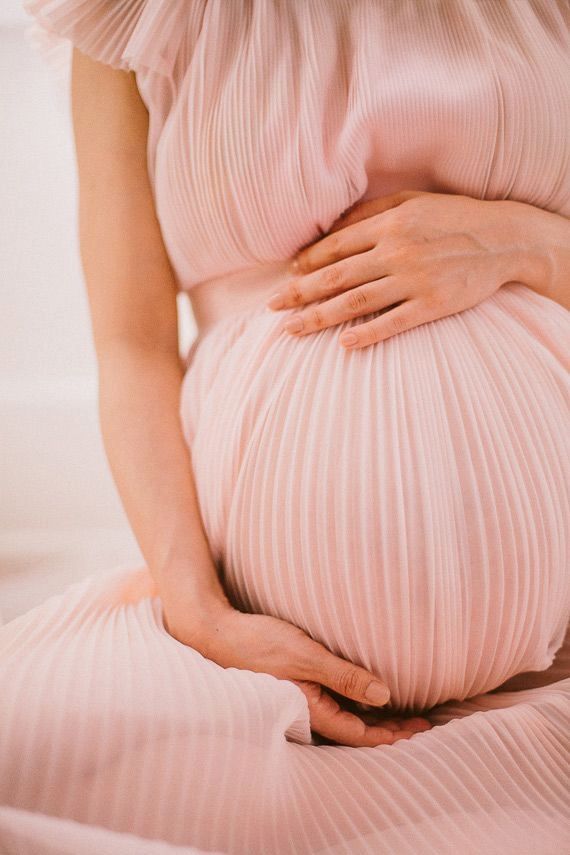
Topical calcineurin inhibitors
This group includes tacrolimus and pimecrolimus, non-steroidal cell-selective inhibitors of calcineurin. The drugs have local immunotropic activity. The experience of using these drugs in pregnant women is limited and does not allow us to assess their safety. Breastfeeding women are not recommended to use topical calcineurin inhibitors.
Antihistamines
The role of histamine in AD remains unclear. It has been established that pruritus in this disease is largely mediated by neuropeptides and cytokines. However, due to many years of experience in the use of antihistamines, they are prescribed for AD. These drugs are prescribed to pregnant women only after comparing the benefits and risks from the second trimester.
Systemic GCS
Systemic corticosteroids are used according to strict indications, in severe cases, in a short course. The drugs of choice are prednisolone and methylprednisolone due to their relatively moderate penetration across the placenta. The appointment of deposited forms of GCS is contraindicated.
The appointment of deposited forms of GCS is contraindicated.
During pregnancy, women who do not suffer from allergic diseases may experience gestational pruritic dermatoses. The mechanisms of their development are not well understood. One of the possible causes is recurrent cholestasis.
Non-allergic dermatoses include:
- itching of pregnant women (2.5% of women), more often in the second and third trimesters, not accompanied by pathological elements on the skin;
- pruritus pregnant. It worries about 2% of women, it is observed at the 25-30th week of pregnancy. In addition to itching, erythematous papules appear on the skin;
- polymorphic dermatosis of pregnancy (synonyms - plaque dermatosis of pregnancy, pruritic urticarial-papular dermatosis). Occurs in 0.5% of pregnant women. The leading symptom is itching in the abdomen, chest, rashes in the form of edematous papules, plaques, striae appear. The process manifests itself, as a rule, at the 36th week, develops within one to two weeks, and regresses 7–10 days after birth.
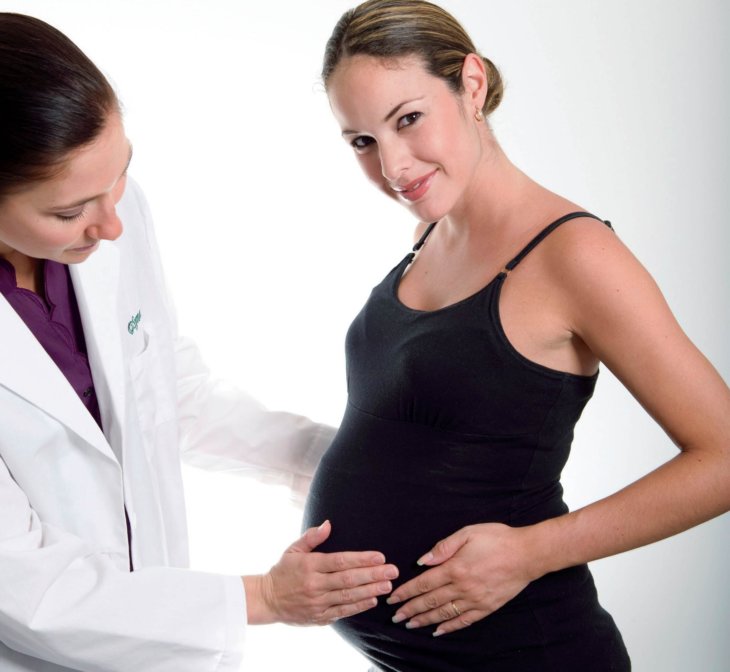
Gestational dermatoses do not adversely affect the fetus. Moisturizing, nourishing agents are used in severe cases of TGCS, although their effectiveness in this pathology has not been convincingly proven [4].
Anaphylactic reactions
Anaphylaxis is a severe, life-threatening, generalized or systemic hypersensitivity reaction that develops rapidly and can lead to death. Anaphylactic shock is considered the most severe manifestation of anaphylaxis [38]. The causes of anaphylaxis in pregnant women are the same as in the general population. Allergens can be foods (peanuts, tree nuts, shellfish, fish, milk, bird eggs), drugs (beta-lactam and other antibiotics, antivirals, antifungals, other antibacterials, aspirin, non-steroidal anti-inflammatory drugs, folic acid, vaccines, drugs used in anesthesia, surgical interventions), the poison of stinging insects. It is possible to develop severe reactions to the bites of blood-sucking insects. There is anaphylaxis due to latex allergens. The causes of non-immunological anaphylaxis include exercise, exposure to cold air or water, ethanol, histamine liberator drugs. Biogenic amines present in food, peptones, plant lectins, fungal contaminants can also initiate anaphylactic reactions. Idiopathic anaphylaxis is diagnosed when the trigger cannot be identified.
The causes of non-immunological anaphylaxis include exercise, exposure to cold air or water, ethanol, histamine liberator drugs. Biogenic amines present in food, peptones, plant lectins, fungal contaminants can also initiate anaphylactic reactions. Idiopathic anaphylaxis is diagnosed when the trigger cannot be identified.
Not the last role is played by comorbidities. Anaphylaxis is more severe in patients with atopic diseases. Cardiovascular pathology, mastocytosis, proliferative processes, and adrenal insufficiency are considered as a risk factor for anaphylaxis. The severity of anaphylaxis can be affected by the drugs taken: sedatives, antipsychotics, beta-blockers, ethanol, angiotensin-converting enzyme inhibitors, psychoactive substances [39].
Anaphylaxis should be distinguished from generalized urticaria, an attack of bronchial asthma, fainting after painful injections, neuropsychic overstrain, panic attack, foreign body aspiration, other types of shock, in pregnant women also from laryngopathy at the end of the straining period, amniotic fluid embolism.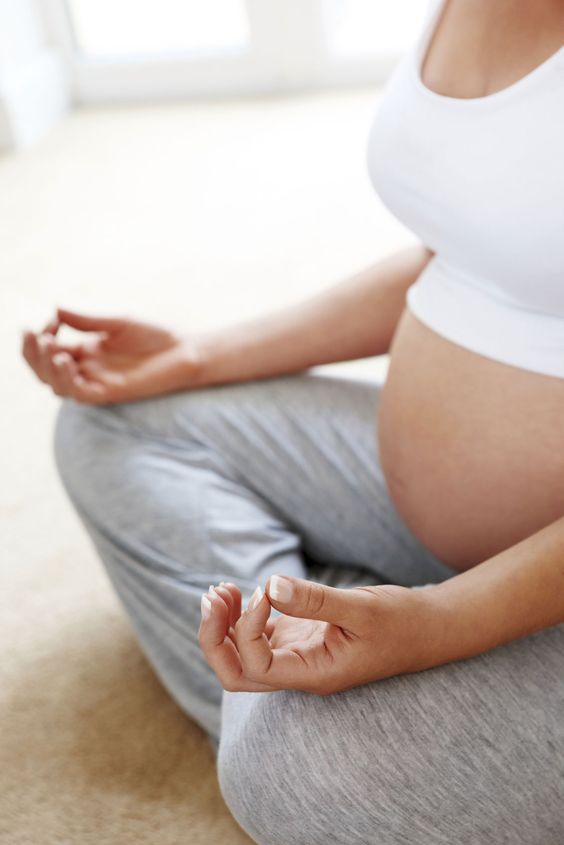 Anaphylaxis, especially anaphylactic shock, during pregnancy poses a great danger to both the woman and the fetus, as it is accompanied by severe respiratory and cardiovascular disorders. As a result, uterine vasospasm, fetal hypoxia, uterine bleeding, and often fetal death [40].
Anaphylaxis, especially anaphylactic shock, during pregnancy poses a great danger to both the woman and the fetus, as it is accompanied by severe respiratory and cardiovascular disorders. As a result, uterine vasospasm, fetal hypoxia, uterine bleeding, and often fetal death [40].
Complications of anaphylaxis in pregnant women include:
- miscarriage or premature birth;
- placental abruption;
- bleeding;
- thrombus formation.
When assisting with anaphylaxis, it should be remembered that we are talking about saving the lives of two patients - the mother and the fetus. The speed of medical care is a critical factor. Assistance to a pregnant woman with anaphylaxis is provided in accordance with the federal clinical guidelines for anaphylaxis and anaphylactic shock [39]. Anaphylaxis requires not only the immediate administration of adrenaline, but also the provision of high-flow oxygen therapy. Carrying out cardiopulmonary resuscitation at a long gestation period is difficult (an increase in the costal angle due to the pregnant uterus, increasing oxygen consumption, rapid development of acidosis, and a decrease in residual lung capacity lead to desaturation) [40].